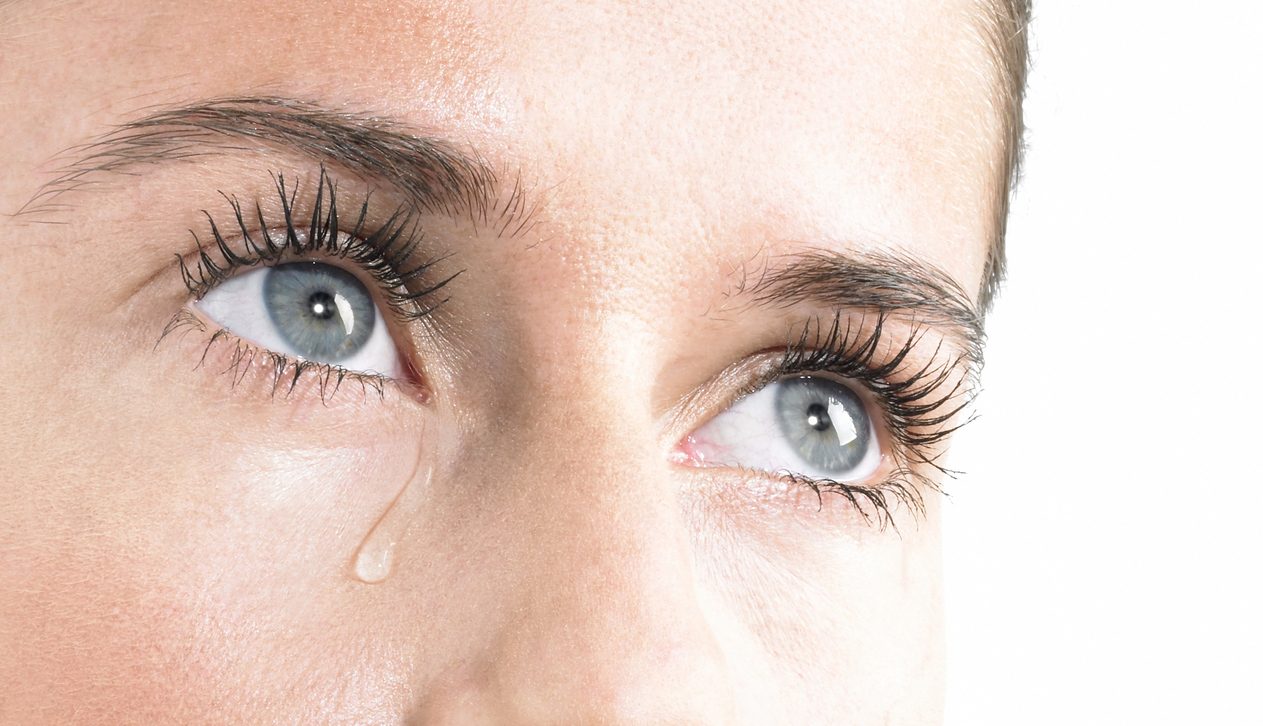Tears and tearing, also known as lacrimation are often associated with emotion but also play a very important role in eye health. We spoke about tears and lacrimation disorders with Professor Paolo Vinciguerra, Director of the Ophthalmology Center of Humanitas and professor of Humanitas University, as well as host of the Life/Health Objective broadcast on Rai Radio 1.
Tears have a very complex structure. They are in fact composed of multiple components that are layered on the eye with specific functions, for example on the surface there is an oil (tear film) that serves to prevent evaporation. In between there are water and nutrients, such as lysozyme, a bactericidal that protects us from infection. “The liquid also has the ability to form a thin optically perfect layer. Meaning that if the surface of the cornea is slightly irregular, the liquid – as a filler – creates a surface that gives us better vision” says Professor Vinciguerra.
Two types of lacrimation
We have two types of tearing. Tearing from the base that serves to lubricate the eye. This allows the eyelid to slide which also produces nourishment. The second type is that which is instead uncontrolled when we are excited or in the presence of irritation (for example smoke or onions). These are in a sense, “emergency tears”.
Why am I tearing excessively?
There are those who produce a lot of tears and those who suffer from dry eyes. In the presence of a lacrimation disorder it is good to contact an ophthalmologist to make the correct diagnosis. “Some patients are turning to ophthalmologists because they are tearing excessively. But they may in fact, be suffering from dry eye. When they do not produce enough basic tears to lubricate the eyelids, the eye becomes irritated. Therefore, the “emergency tears” kick in,” says the professor.
We must therefore restore the balance and arrange the most appropriate care necessary through a proper diagnosis. “You can then intervene with eye drops, but also with products that are administered by mouth or mechanical actions. There are so many treatment options for these diseases,” says Professor Vinciguerra.
-
3,400 Physicians
-
110,400 Annual surgeries
-
190,400 Annual Inpatient Admissions
-
928,000 Patients


